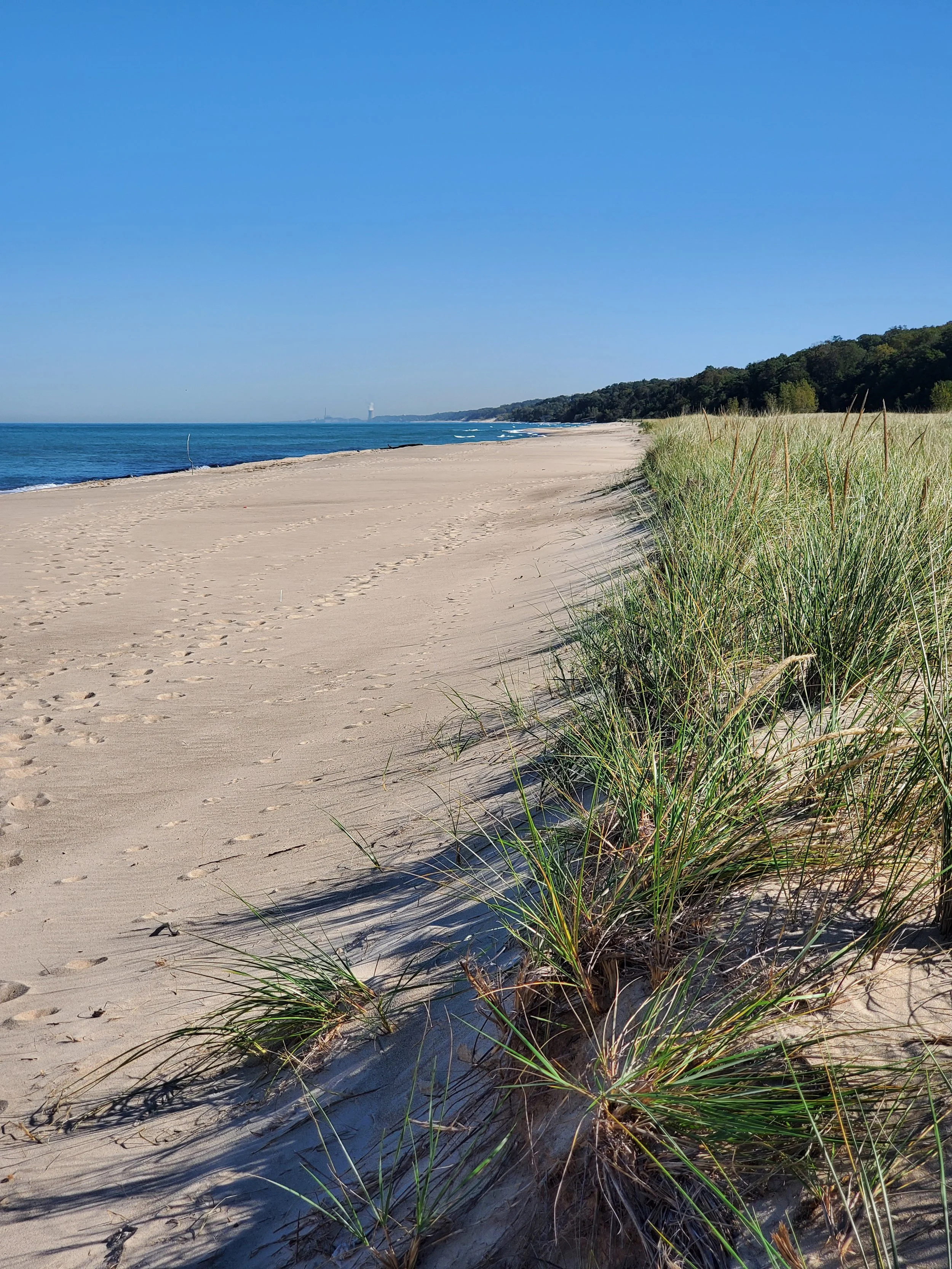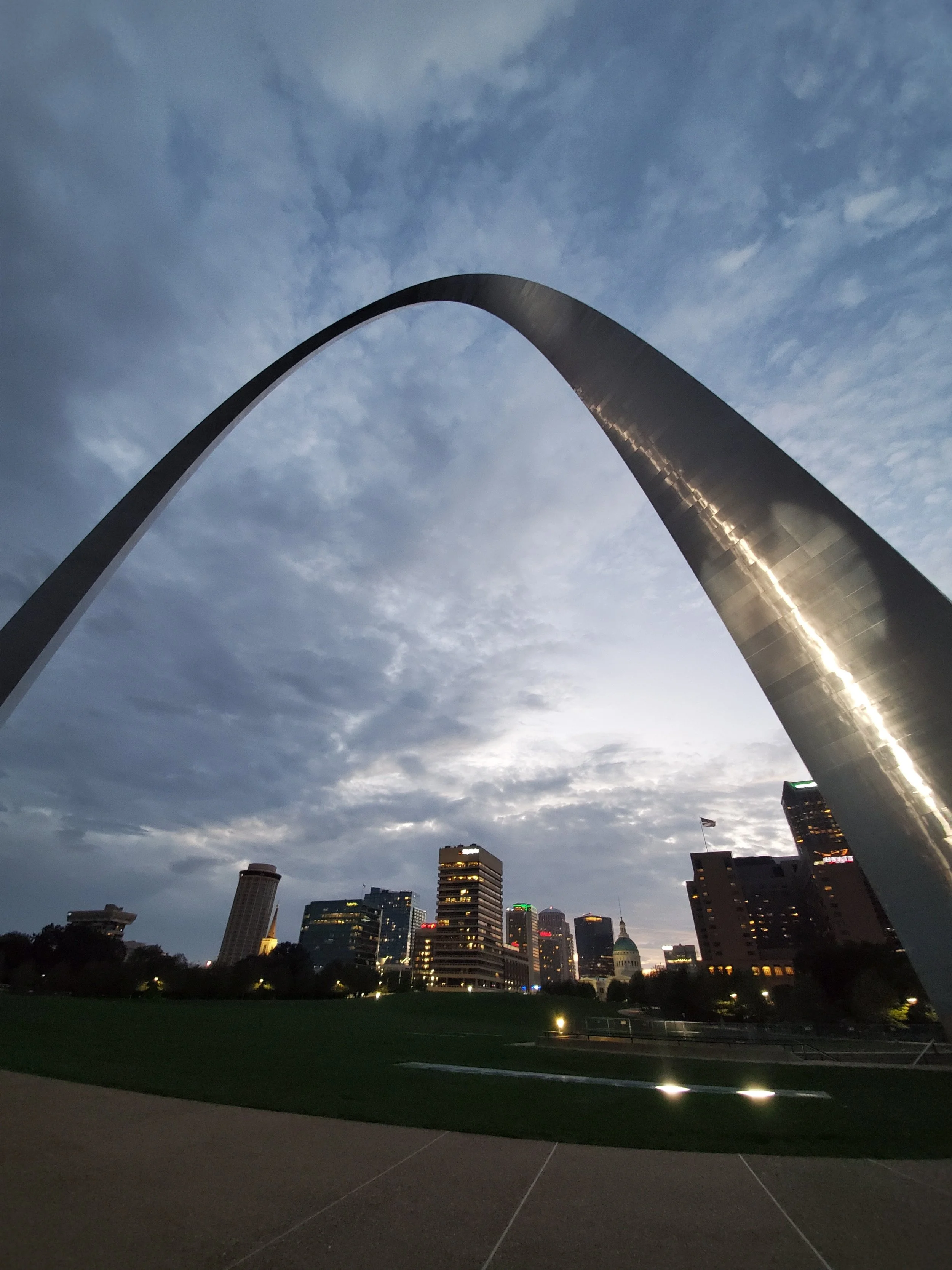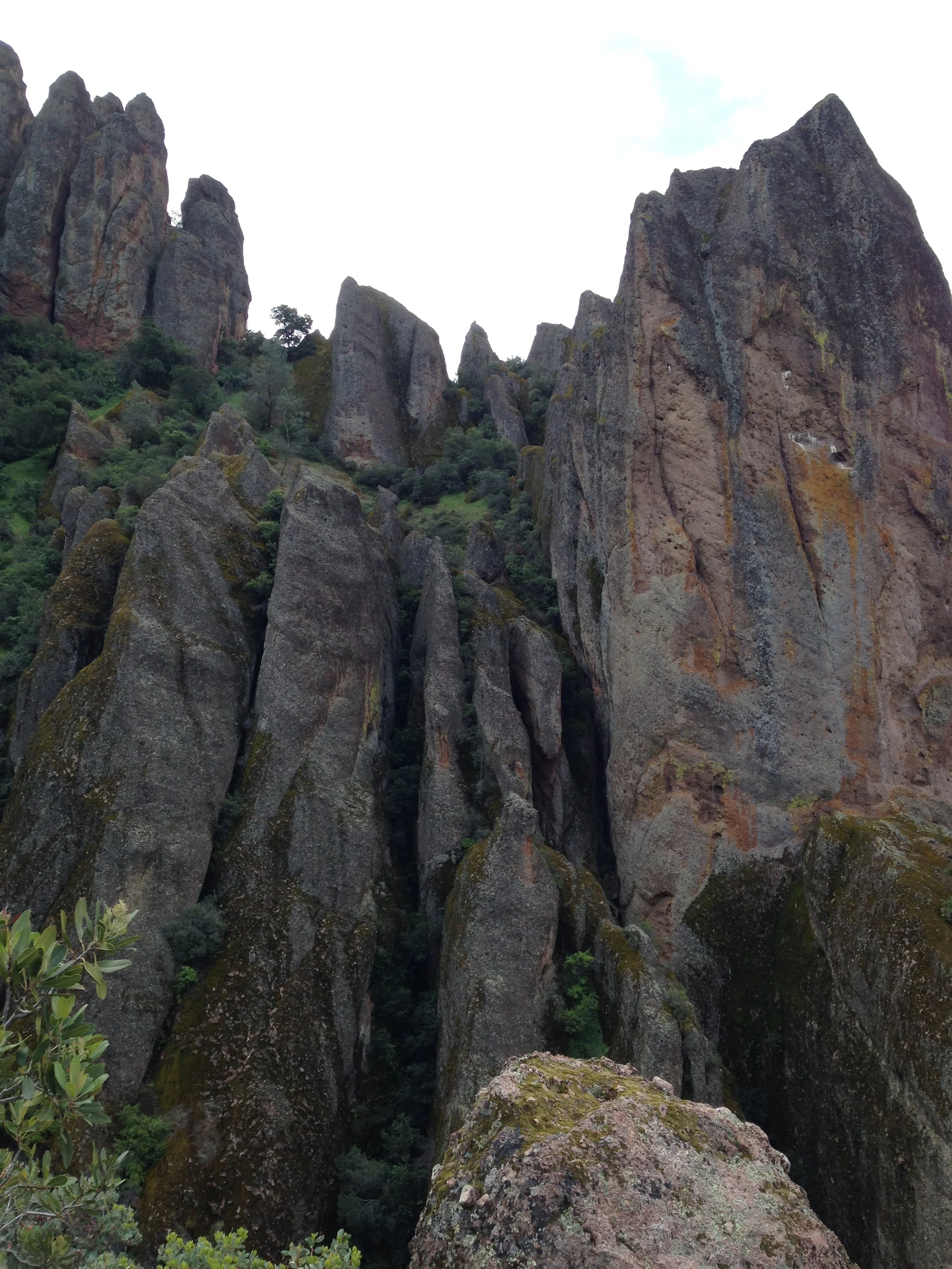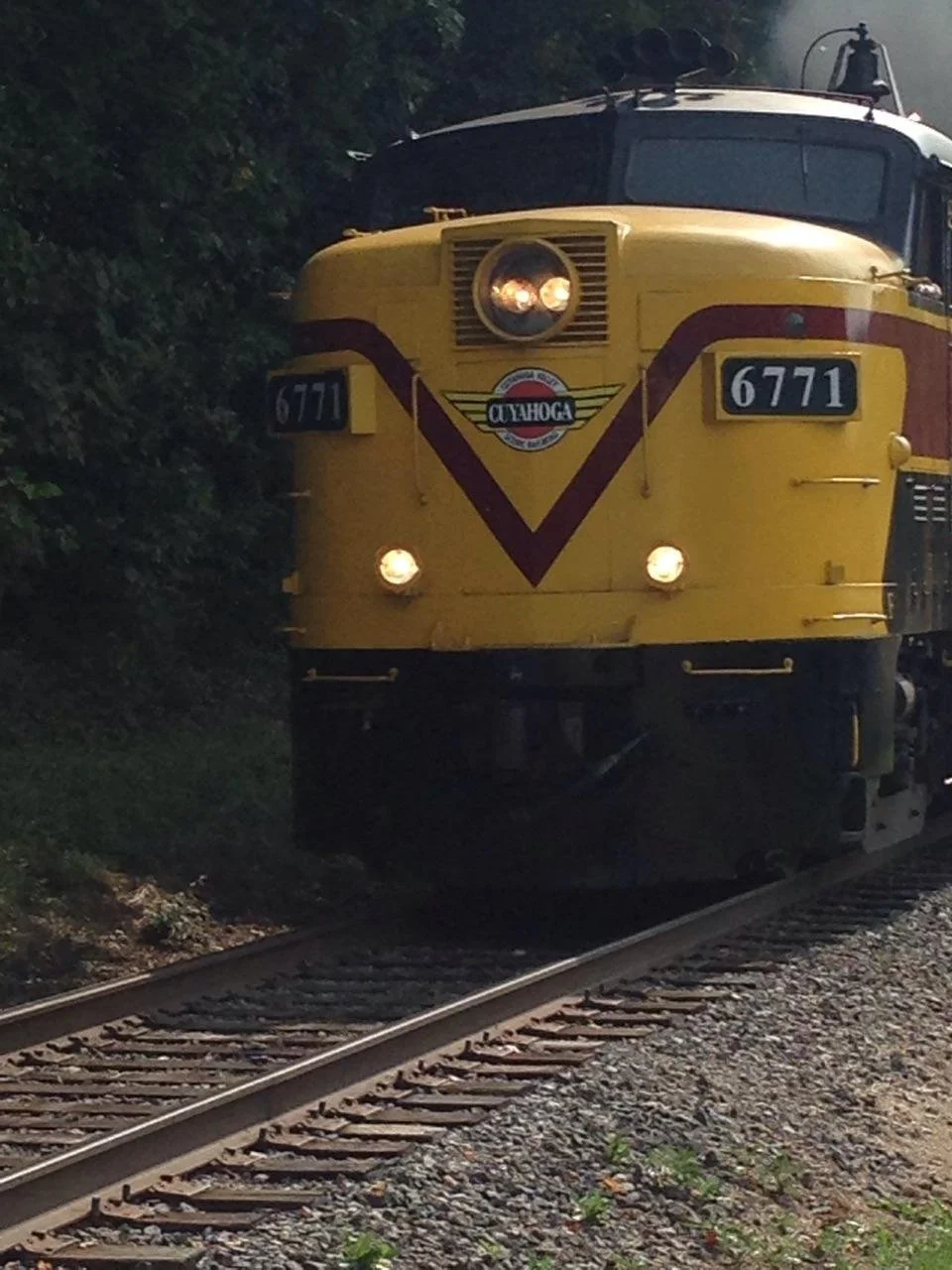Our Five Least Favorite US National Park Visits
Many people ask Tom and me, “How did you come up with your goal to visit all 58 (now 63) US National Parks?” And “What are your favorites?” Before I answer those questions, I am compelled to answer the next two questions which are, “Does this include monuments and seashores?” and “Do you have any rules?”
Visiting all US National Parks – our Rules
The goal only includes the 58 (now 63) National Parks. The National Park Service manages 425 sites – too many for us to visit. The rules are simple. To count a park, we must spend time in and enjoy the park together - no drive in and out. Tom and I got together as older adults and have both visited parks on our own. So, if we haven’t been to the park together, it does not count. One of us must go again.
Inspiration to visit all National Parks
Now back to the original question, “How did we come up with this goal?”. We were both intrigued by The National Parks: America’s Best Idea, a Ken Burns Documentary about the National Parks formation.
It’s incredible to me how our land has changed so much in the last 150 years due to settlement and industrialization. Some special visionaries had the foresight, long before environmentalism, to save the most unique natural, geological and cultural wonders for all of us to continue to enjoy.
We both love the outdoors and nature, so we found ourselves especially drawn to these cherished and preserved wonders!
In addition, Mt Rainer National Park is our “home park”. We get to enjoy this spectacular place often for hiking, wildflowers and cycling. Knowing that there are 57 (now 62) comparable parks out there, we just had to go and see them. We began with Yosemite National Park, one of the most historic. We made our goal official during that trip.
Indiana Dunes National Park, IN
Our Five Least Favorite US National Parks:
Regularly we get asked, “What is your favorite National Park?” which, of course, is impossible to answer. But we do have Our Top Ten Favorite US National Parks by category. Sometimes people also ask about our least favorite(s) which is impossible to answer as well. But we do have five of our least favorite National Park visits. While not intending to be negative, because we obviously love the National Parks, some naturally fall to the bottom. You will see below that these are primarily the newer parks that have been recently “promoted”. This is not new land being protected, it’s a US monument, recreation area or seashore that for some reason becomes a US national park. We can all speculate as to why this happens – perhaps its politically or financially motivated! But in general, they don’t seem to live up to the US National Park designation in our view. These parks are listed in chronological order by the year they were established as a National Park, with the most recent first, below:
1. Indiana Dunes National Park, IN was established as a National Park in 2019 having been a national lakeshore since 1966. The Lake Michigan shoreline is a unique ecosystem that includes grassy dunes bordering the beach that protect the higher dunes behind which protect the black oak savannas (or forests). It’s only two hours from Chicago and can be accessed via train. The big downside is that it wasn’t preserved sooner! The National Park or shoreline is pieced together with the Port of Indiana, a noisy Steel Mill, several small towns, the rail line into Chicago and with Indiana Dunes State Park which may be a better example of this unique shoreline ecosystem. Food and Lodging are in nearby Chesterton, IN.
Gateway Arch National Park, St Louis, MS
2. Gateway Arch National Park, IL was established as a National Park in 2018 having been Jefferson National Expansion Memorial since 1935 The centerpiece is a 630-foot-high stainless-steel arch, a beautiful engineering feat commemorating the move westward. Small car like elevators take you from the base of the arch up to the viewing platform at the top with panoramic views of St Louis and the Missouri River to the West and the Mississippi River and Illinois to the East. A wonderful museum about westward movement, the Louisianna purchase, and native American history has been added at the base of the arch since it became a National Park. The Arch sits right in the shores of the Mississippi River in downtown in St Louis with no land to speak of – no idea why it’s a park versus an historic monument!
3. Pinnacles National Park, CA was established as a national park in 2013 having been a national monument since 1908. The park is named after the reddish-orange pinnacle rock formations, created by the Andreas Fault after centuries of erosion. There are some nice hikes and runs in this park and it’s an easy day trip from San Francisco. In addition, the California Condor is making it’s come back in this park – we were greeted by a juvenile as we arrived. California condors currently number 98 in the park, 18% of the worldwide population. The closest place to stay is in King City, an hour away. There really isn’t a downside to this park other than it’s small and there isn’t any lodging. Seems like it could have remained as a Monument.
4. Cuyahoga Valley National Park, OH was established as a national park in 2000 having been a national recreation area since 1974. It was originally established to restore the Cuyahoga River. Heavy use began once the old horse tow path along the river became a biking and hiking trail. It is a wonderful place to walk, run or bike with the whole family. There is even an active party like historic train so you can walk one way and take the train back. Different train stops have food, shopping and entertainment. There is no real downside to this protected and heavily used park along the river except that it’s a very urban environment and it seems like it could have remained a National Recreational Area.
Historic train, Cuyahoga Valley National Park, OH
5. American Samoa National Park established in 1988 is on leased land in the US territory of American Samoa and is the only US National Park south of the equator thus being one of the least visited. Visiting is as much about experiencing the unique Samoan (Polynesian) culture as it is about the park – we enjoyed this aspect. The land portion of the park encompasses 9,500 acres on the north side of Tutuila, (cover photo on this blog) the main island and a portion of two outer islands. In addition, the National Marine Sanctuary of American Samoa protects 4,000 underwater acres. The small visitor center is hard to find upstairs in an office building in Pago Pago, the main town. There is one 7-mile hike on an old road through lush tropical vegetation. Otherwise, there is a drive through the park with several viewpoints. The downside of this park is that it takes 12 hours via plane to get there, and the flights are expensive. American Samoa does not cater to tourism, so everything (reservations ahead of time and access once there) is challenging.
You might also enjoy Visiting all 63 US National Parks and Our Top Ten US National Parks!






